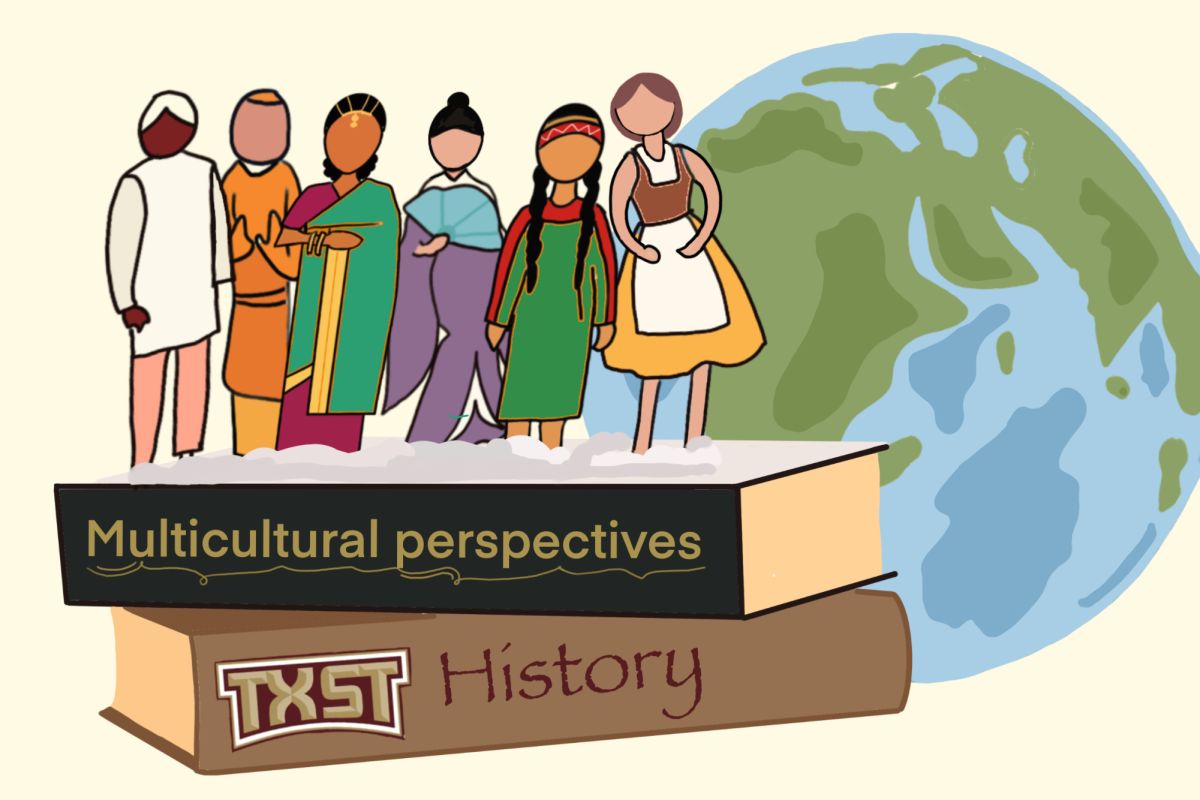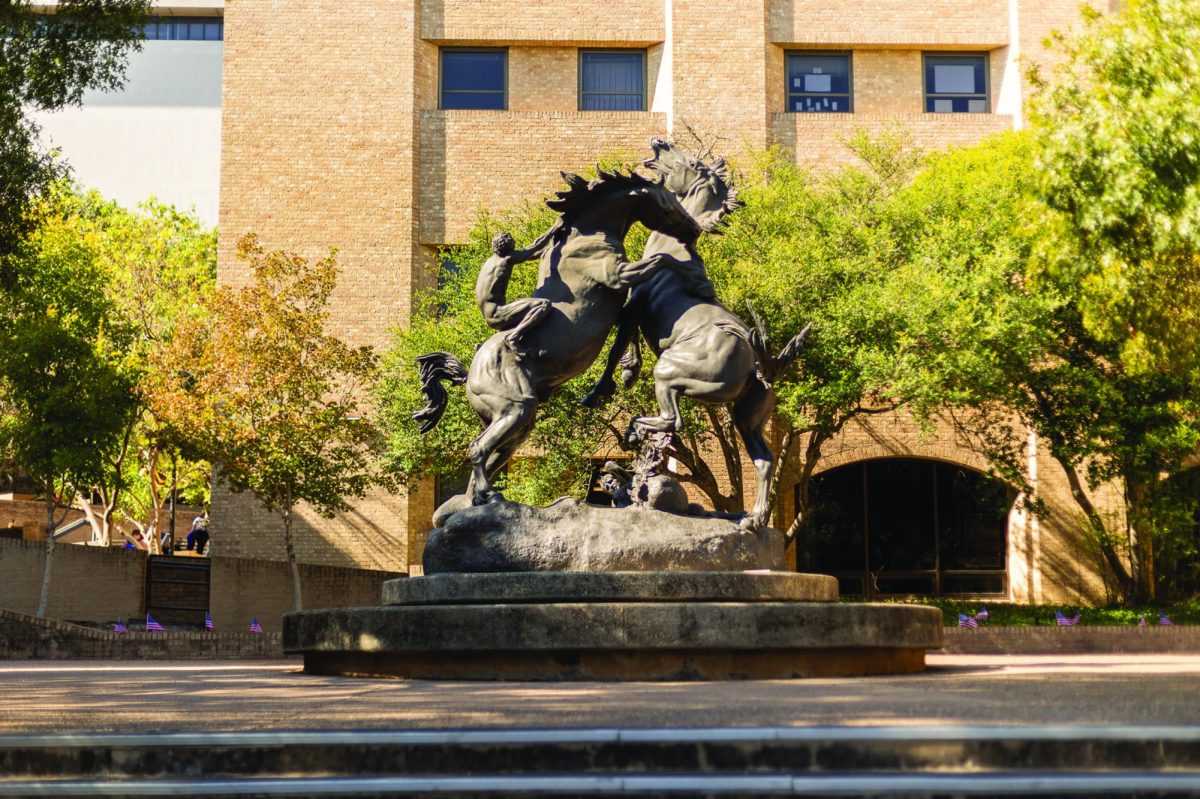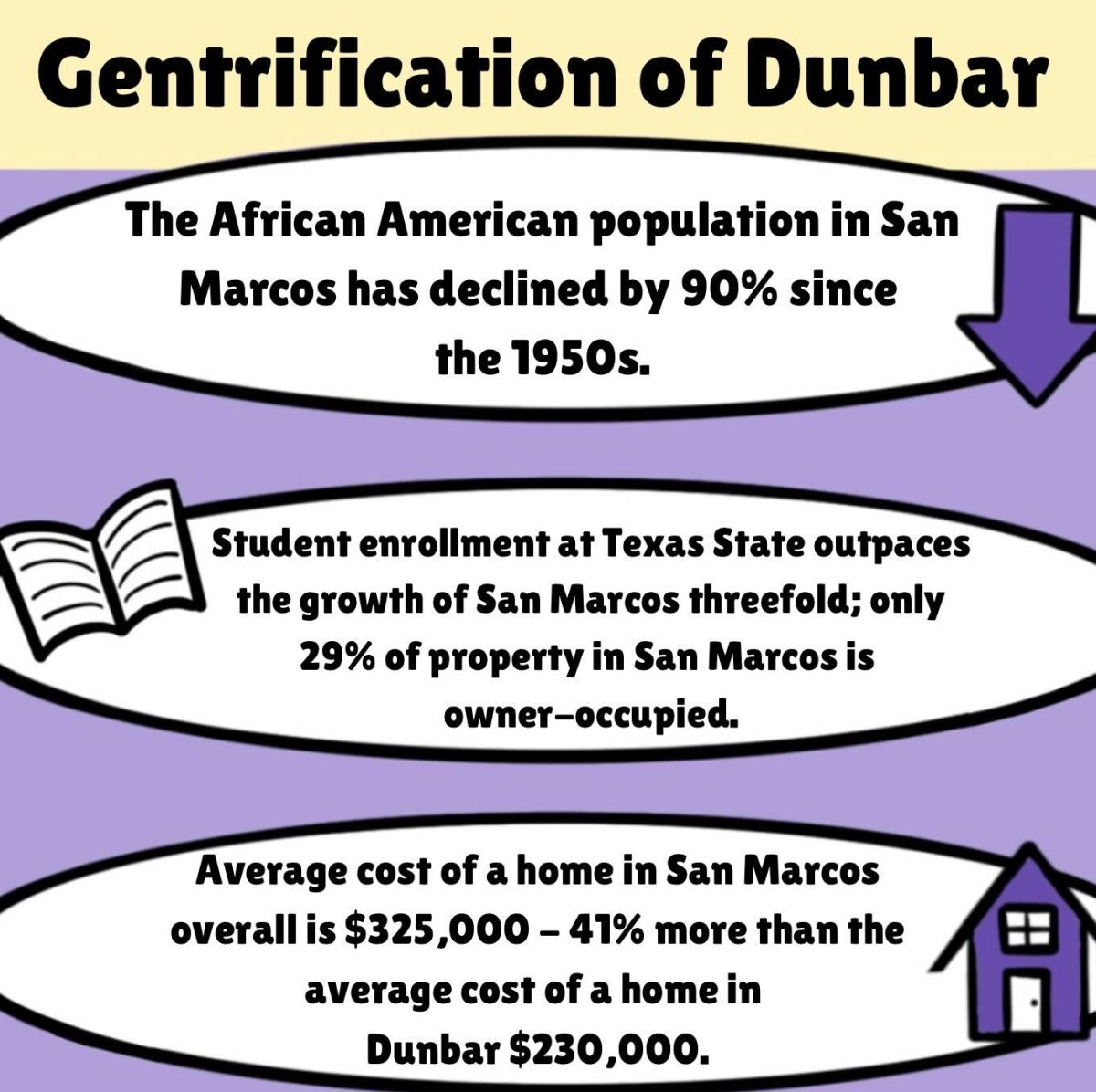As President Donald Trump makes deals with Democrats in the face of Republican leadership, it is clear nothing in politics is predictable today. Indeed, every few generations, a social and economic crisis occurs that forces American politics to undergo a profound political realignment. Realignments are messy. They produce brand new parties, sweep away or reconfigure old ones and then eventually sweep away the new ones too.
Historically, there was the collapse of the Whig party and the rise of the Republicans before the Civil War. The Civil Rights era was marked by the rise and fall of a constellation of smaller parties, like the Mississippi Democratic Freedom Party and the Peace and Freedom Party. There was a profound shift in what has become our two main parties, as Dixiecrats from the South abandoned the Democratic Party for the Republicans after the 1964 Civil Rights Act.
Our generation is facing our own political reorganization. We might have two parties proper, but there are really three broad social parties operating underneath the surface, seeking some way forward.
The crisis of 2008 marked the end of the neoliberal consensus that begun under former President Ronald Reagan and former Prime Minister Margaret Thatcher, and that was later consolidated under former President Bill Clinton and former Prime Minister Tony Blair. Finance capital, through the banks and investment firms, came to overwhelmingly dominate both the Republicans and the Democrats.
The differences between each came as each party linked their Wall Street alliances to different, smaller social layers. The alliance on the right was formed between Wall Street and the affluent middle classes reacting against the end of the Civil Rights movement, mostly expressed through the culture wars.
On the left-wing, Democrats abandoned the increasingly decimated labor movement and put in its place the affluent, educated urban professionals. Democrats, under the assumption its traditional labor and civil rights base could be cajoled, terrorized and shamed constituents into coming out to vote for candidates that only nominally expressed their interests.
Today, three distinct parties are crashing into each other.
We have a right-wing party that saw its birth in the rise of the Tea Party movement and culminated with the election of Trump, mainly consisting of the affluent middle classes who reacted against civil rights now reacting against immigration and the “globalism” of the super wealthy.
Occupy Wall Street raised the alarm about income inequality, collapsed, but rose again under the campaign of Senator Bernie Sanders, powered by socially progressive young people and lower income workers crashing up against an economy with no clear place for them.
In the center, desperately trying to cling to a consensus that is clearly dying, are the Washington elites from both parties, each angling to secure the support of the ultra-wealthy and politically connected families they mingle with at cocktail parties around the beltway.
We are still only in the early stages of this three-way fight. Will the Democratic Party be ripped apart by the internal fights between the Clinton and Sanders wing, or will the chaos within the Republican Party drive them to beat the Democrats to the self-destructive punch? Will new parties be born? Will old parties collapse? All prognosticators today are false prophets, their data-driven tea-leaf-readings be damned. The only thing we can really know about our immediate future is that we are in for one hell of a ride. We better buckle up and get ready to fight for our lives.
–Bradley Crowder is an economics major
Categories:
America’s three-party system
October 3, 2017
0
Donate to The University Star
Your donation will support the student journalists of Texas State University. Your contribution will allow us to purchase equipment and cover our annual website hosting costs.
More to Discover







